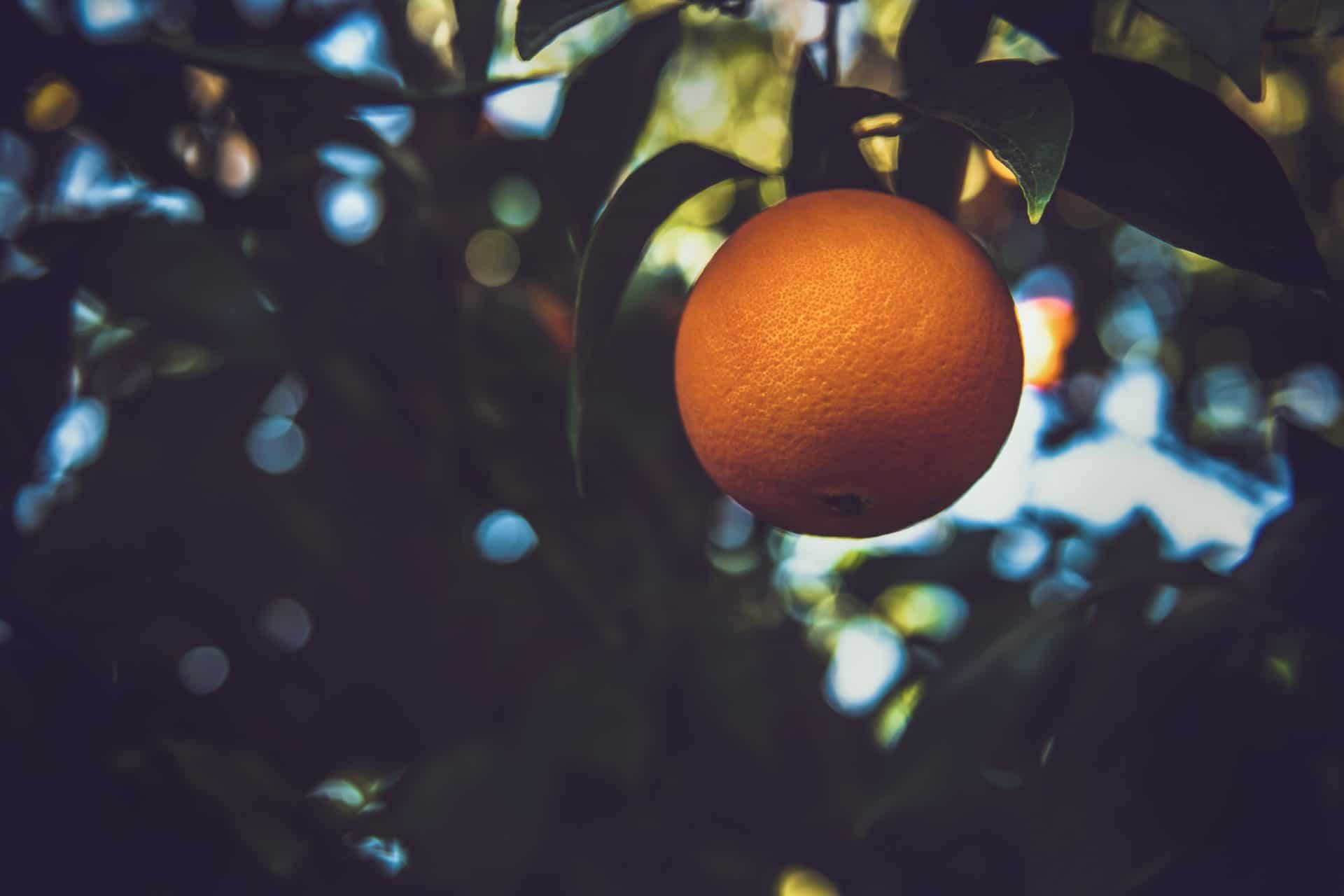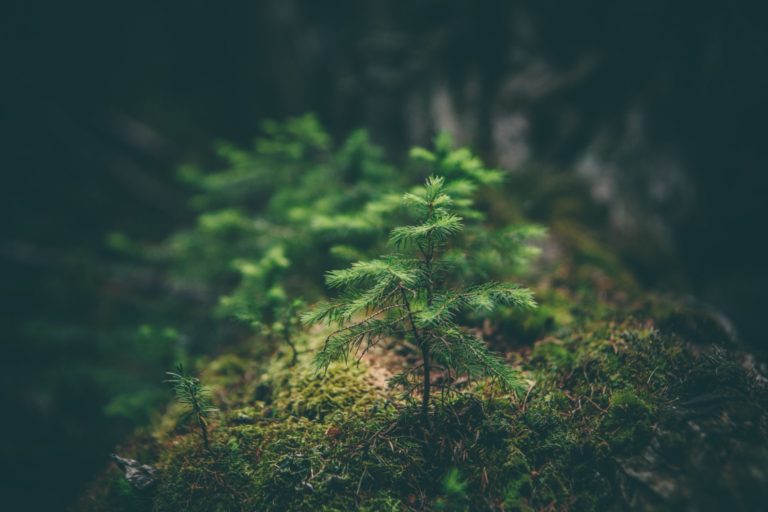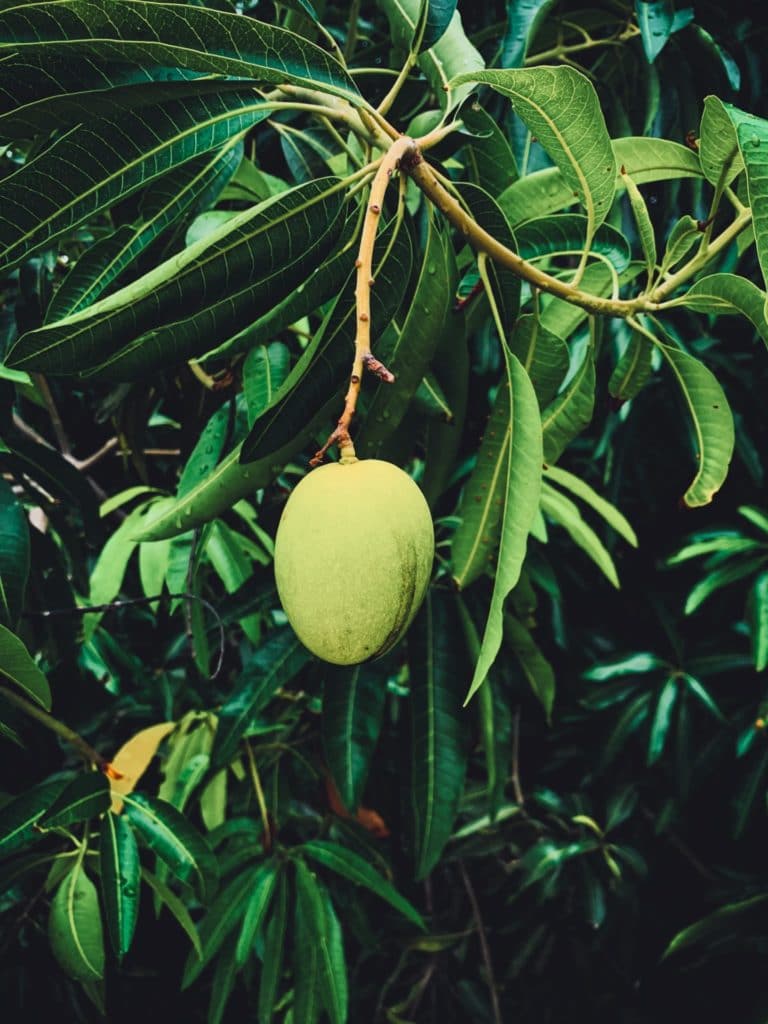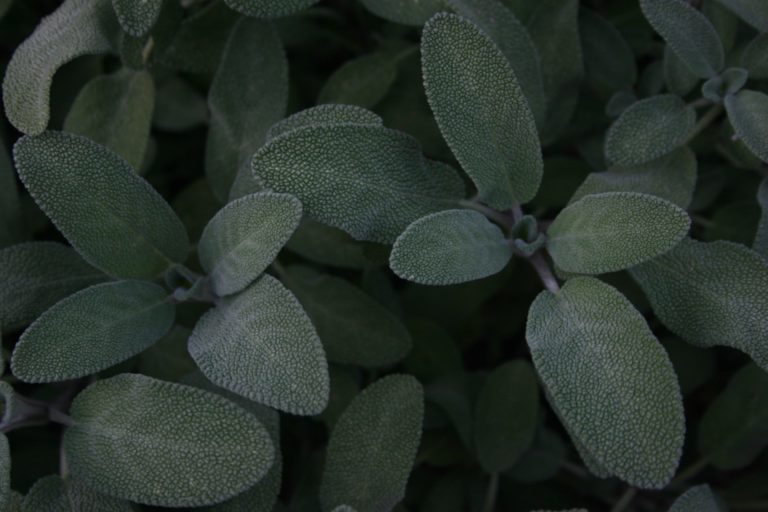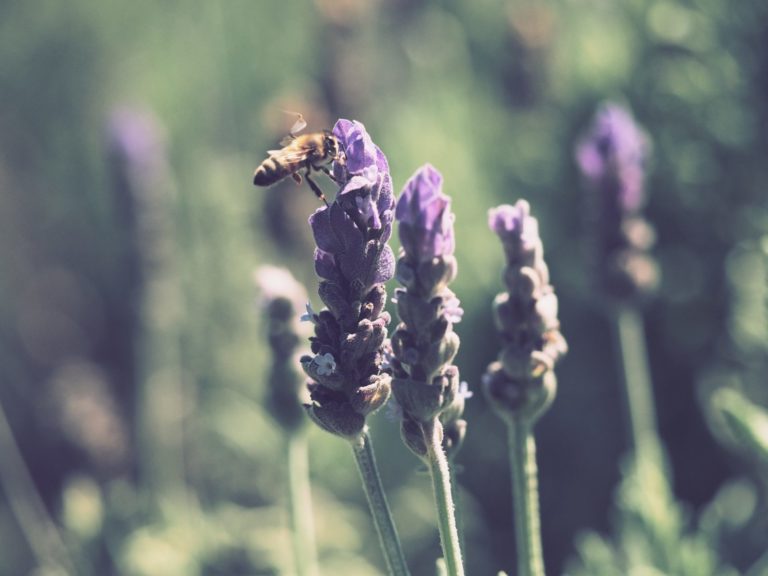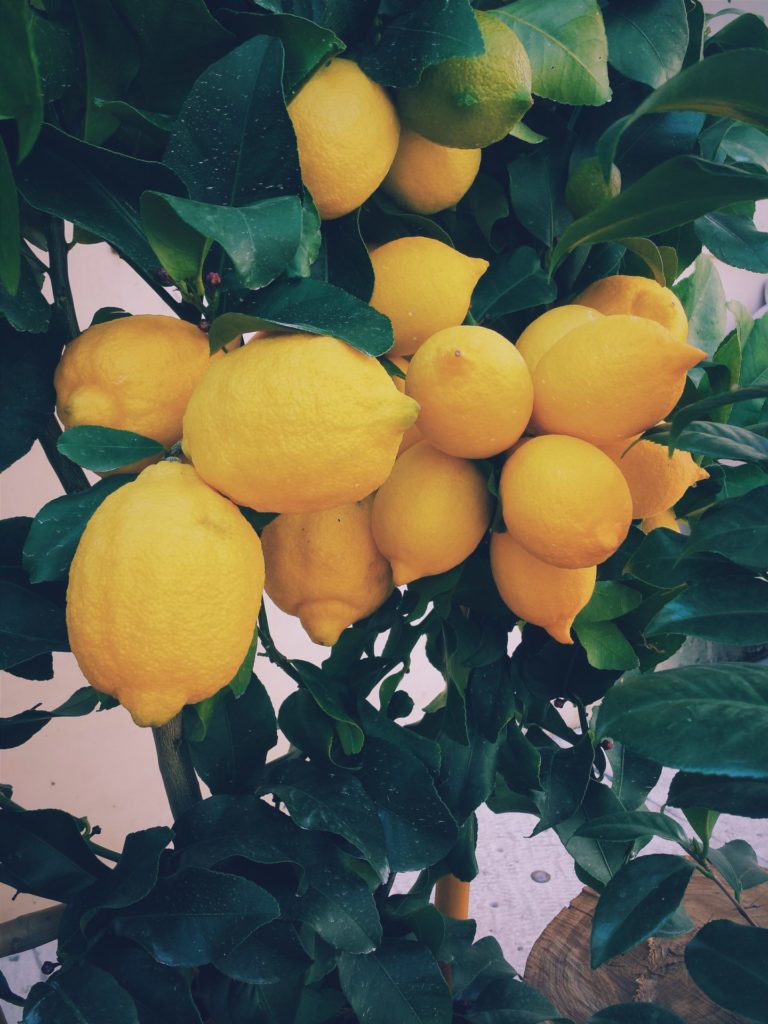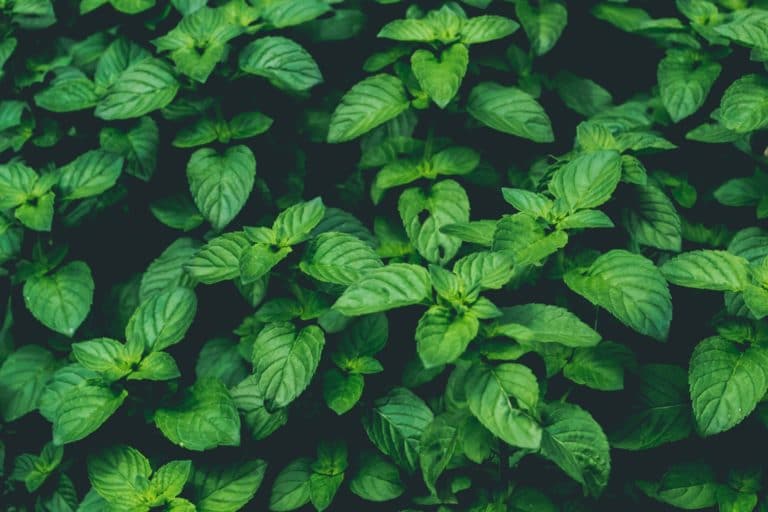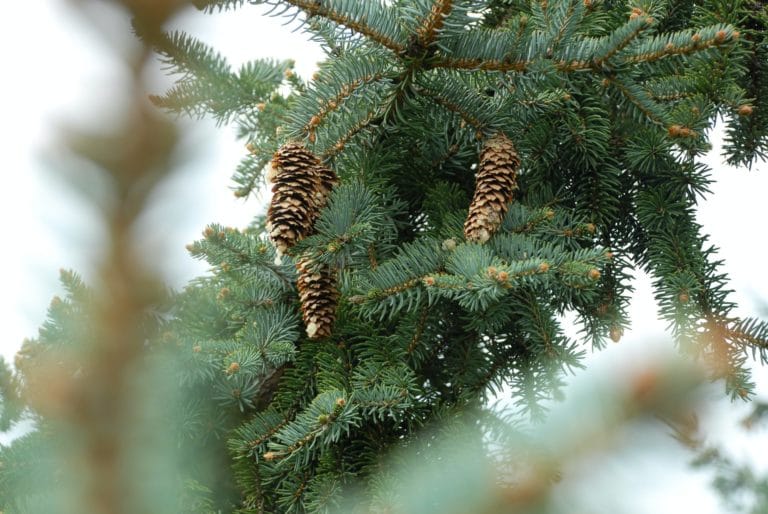Terpene isolates are simply terpenes that have been separated from the rest of the phytochemicals found in the plant. For example, there are at least nine terpenes found in the Granddaddy Purple cannabis strain, including linalool, humulene, and myrcene. All of these aromatics come together to give the telltale Grandaddy Purple aromatic profile. Terpene isolates are individual terpenes that have been separated from the rest found in the strain. So, instead of a “bouquet” of smells, you end up with the terpene in what could be deemed as its purest form—no other terpenes, no other cannabinoids, and no other fragrances involved.
How Terpenes Are Extracted and Isolated
Terpene extraction is not a new idea; the fragrance industry has been extracting terpenes from botanical items for many years. However, the availability of new science and technology allows for further isolation of terpenes than has ever been possible before. Isolated terpenes may actually be harvested through a few unique extraction processes, such as:
- Steam distillation
- Cold-trapping
- Solvent-based extraction
While these varied terpene isolation processes sound complex, they are essentially each using heat, gases, air pressure, or even a combination of actions to manipulate the plant matter and capture individual terpenes. For example, steam distillation involves steaming the plant, capturing the essential oils from the plant, re-condensing those gases, and then separating and cleaning the compounds using a vacuum pump and temperature control.
Why Isolate Terpenes?
Isolating terpenes allows the valuable compounds to be used in a number of ways. Isolated terpenes can be used as additives in certain products. For example, you may find caryophyllene in a health and beauty product. Isolated terpenes can offer unique therapeutic value on their own. For instance, humulene is known to offer anti-inflammatory properties. Isolated terpenes can be combined with others to create unique formulations, which is what you find here at Advanced Terpene Solutions.
The Value of Using Terpenes
Isolated terpenes are growing to be a poignant area of research in science where health and wellness are concerned. It turns out, some of the therapeutic actions these compounds offer for the plant can carry over to us humans. Take myrcene, for example. In the plant, myrcene affects cell membranes and makes them more permeable. This action for humans makes myrcene valuable because it enhances transdermal absorption when combined with a therapeutic agent like a cannabinoid; the terpene helps the skin absorb the cannabinoid.


